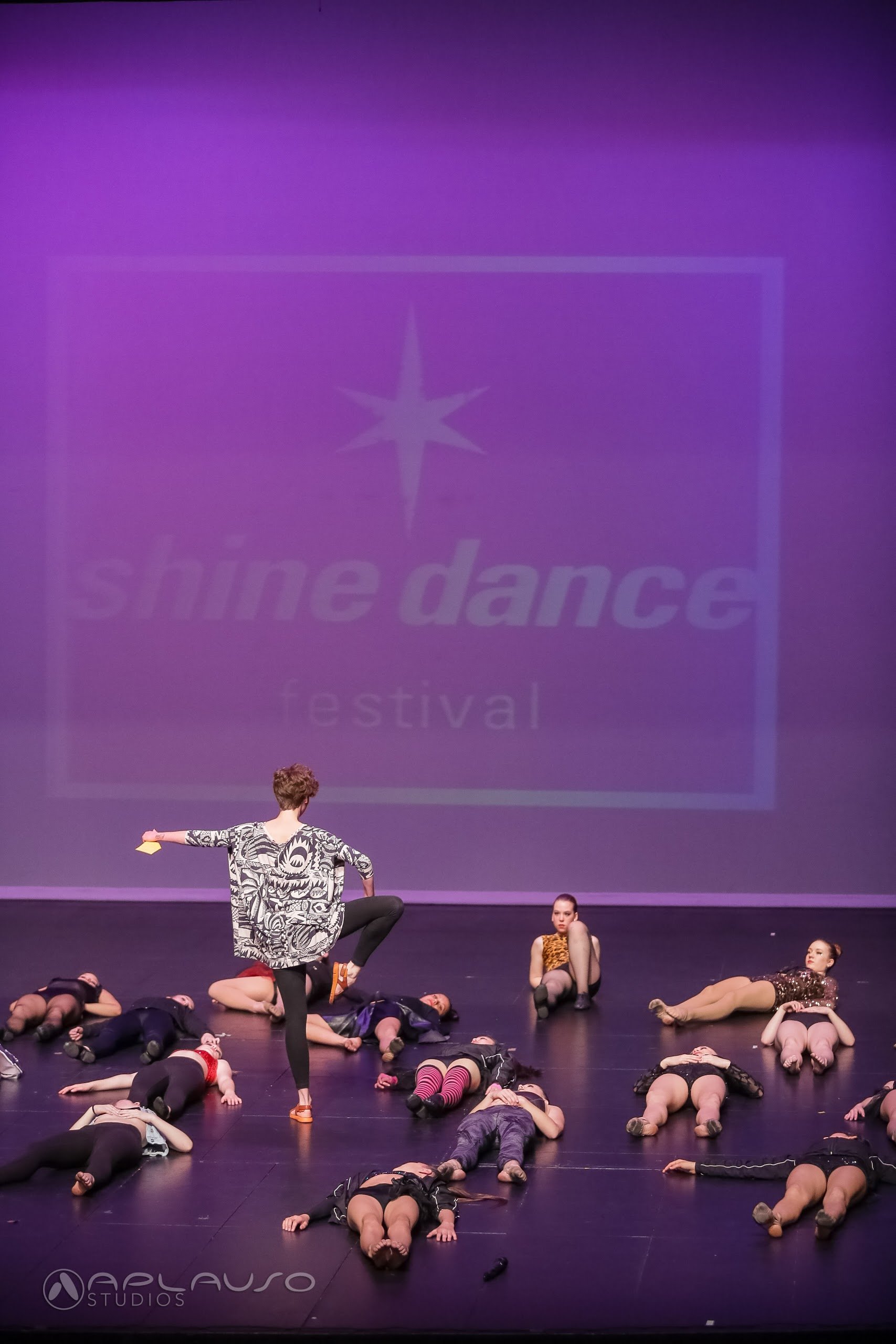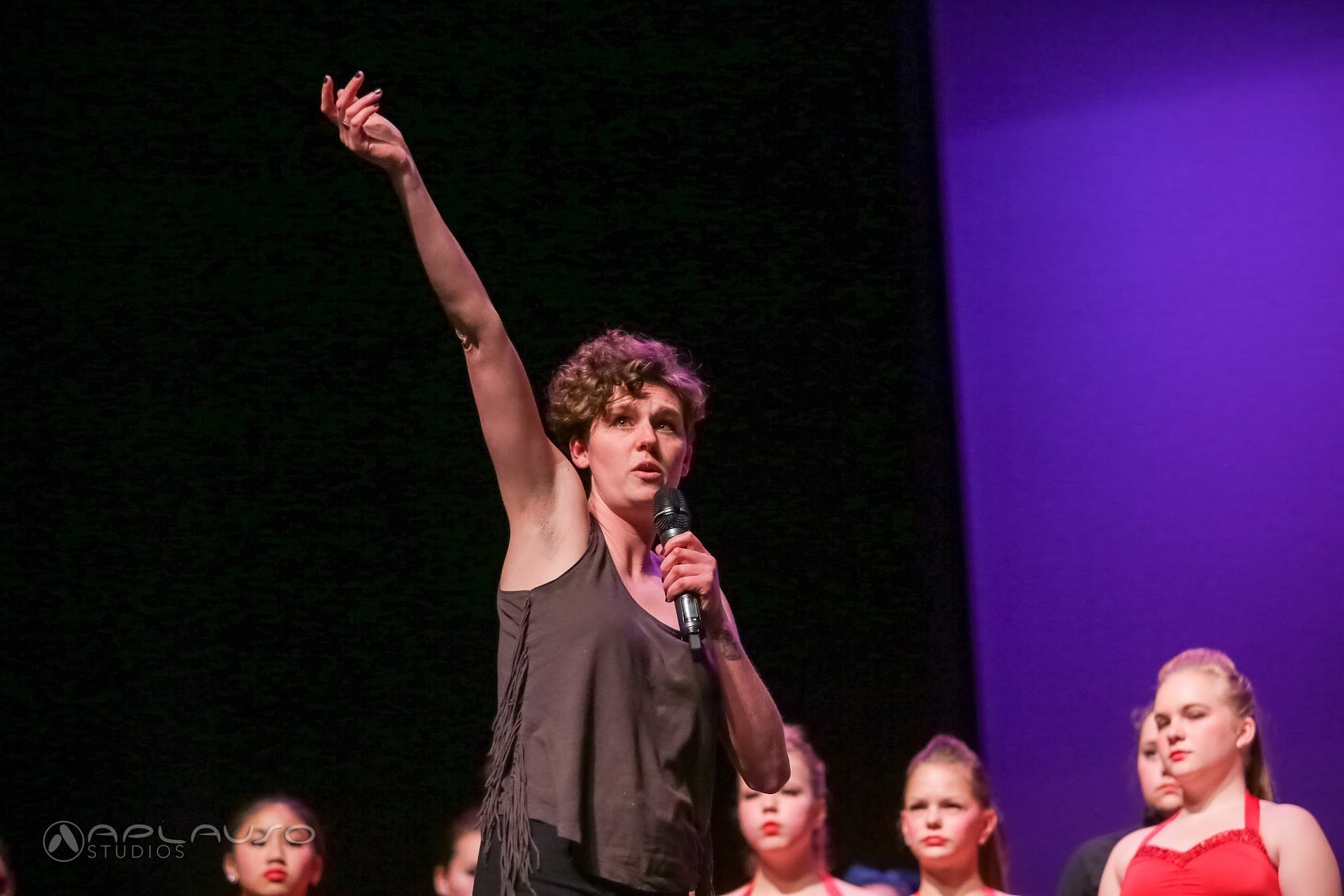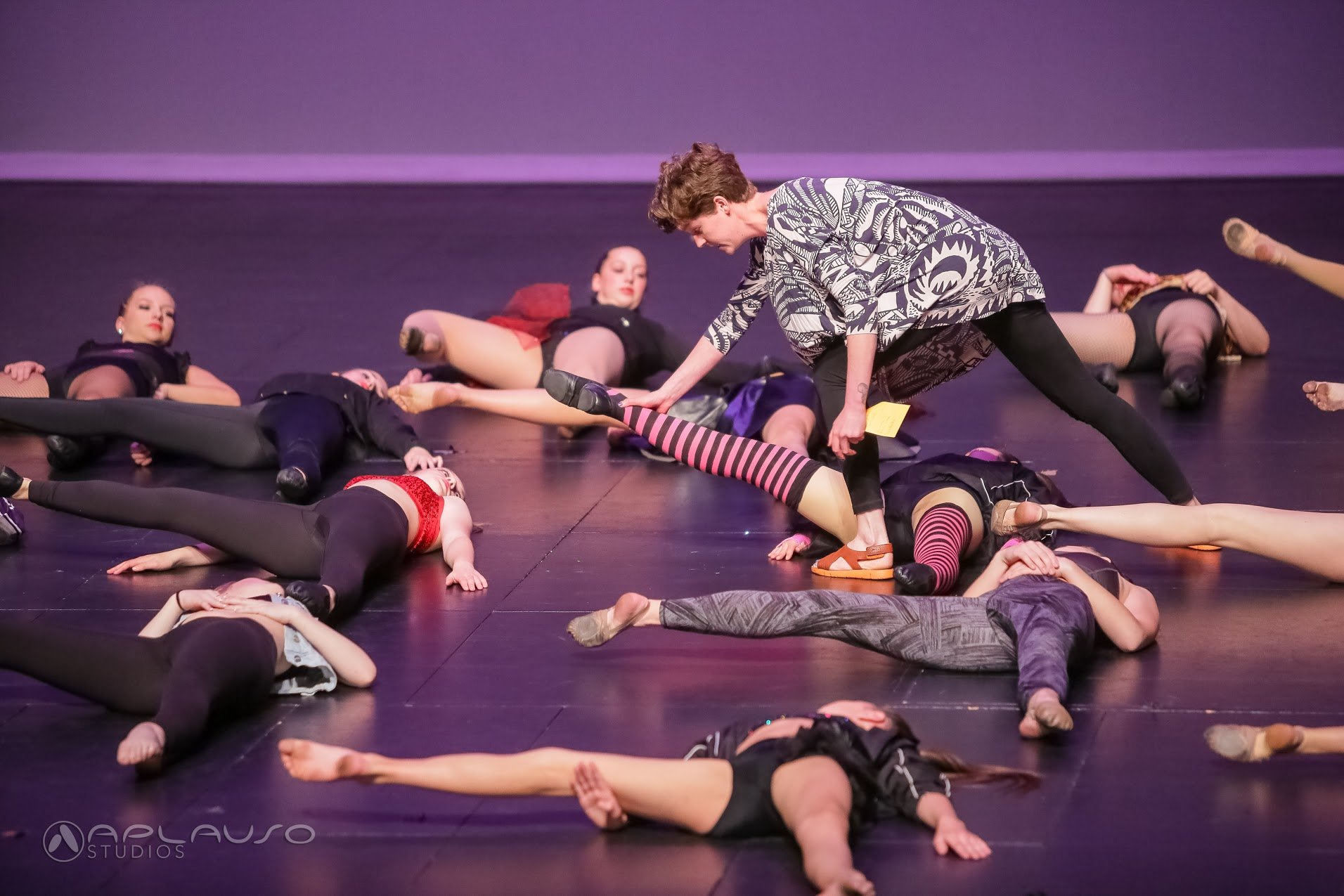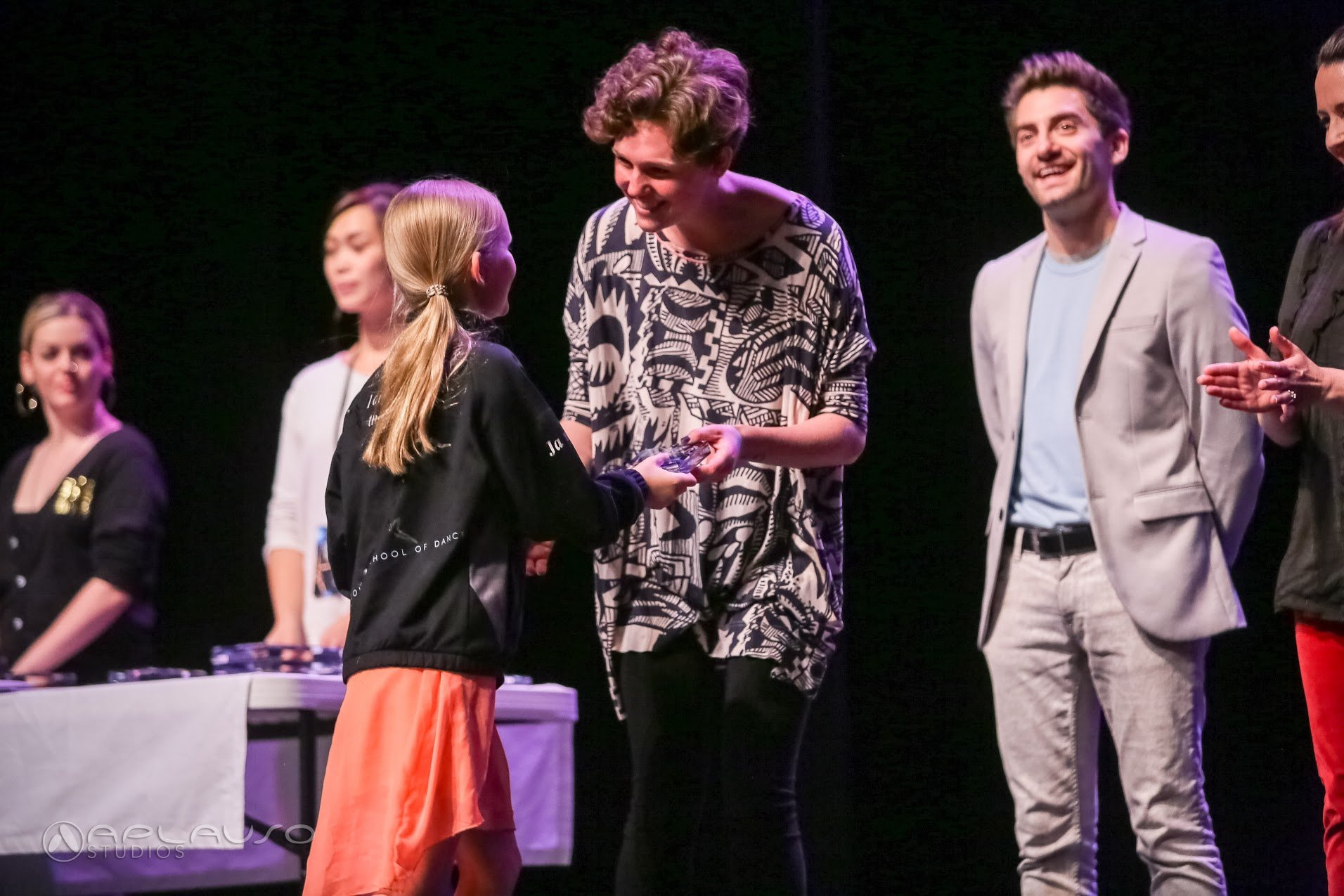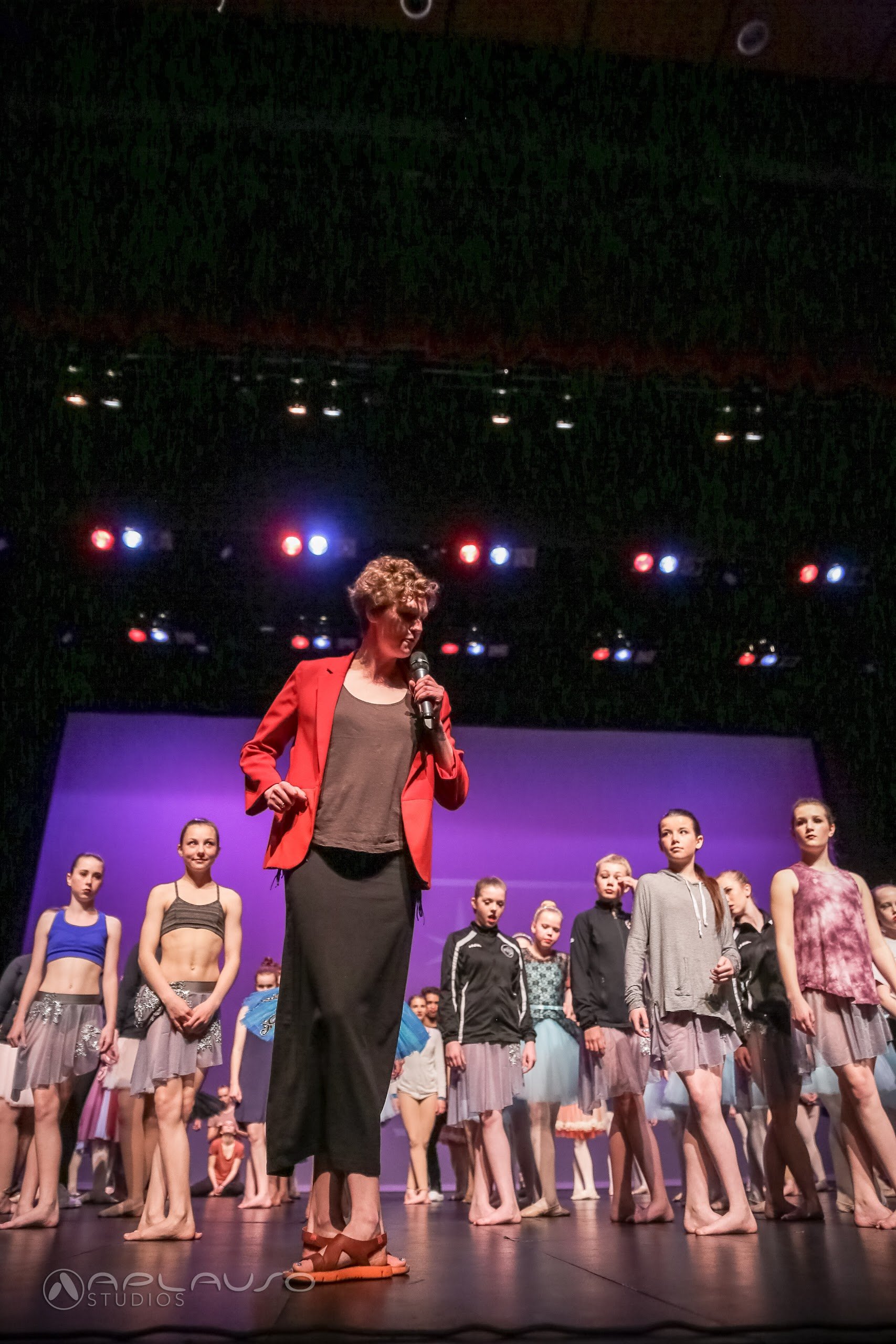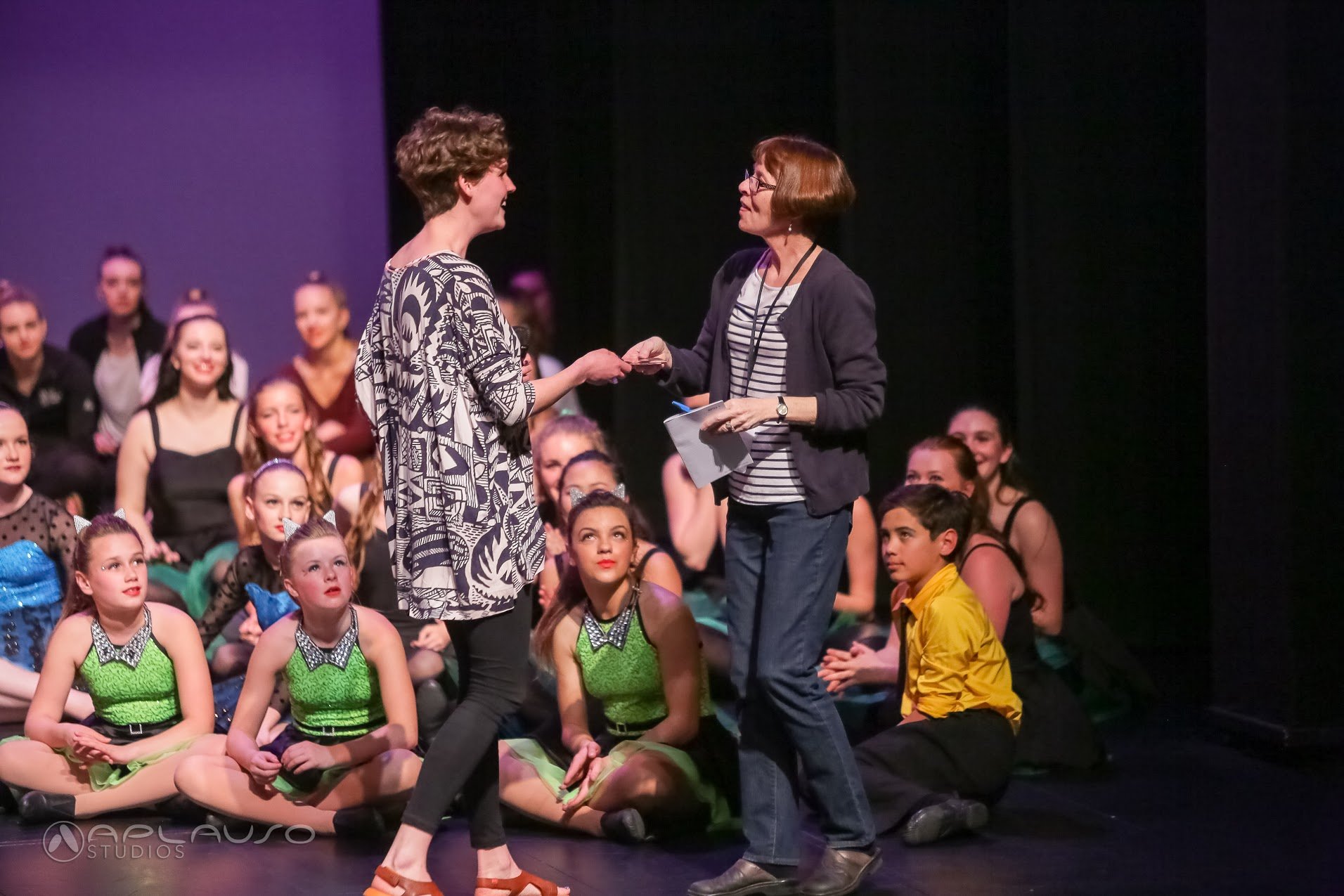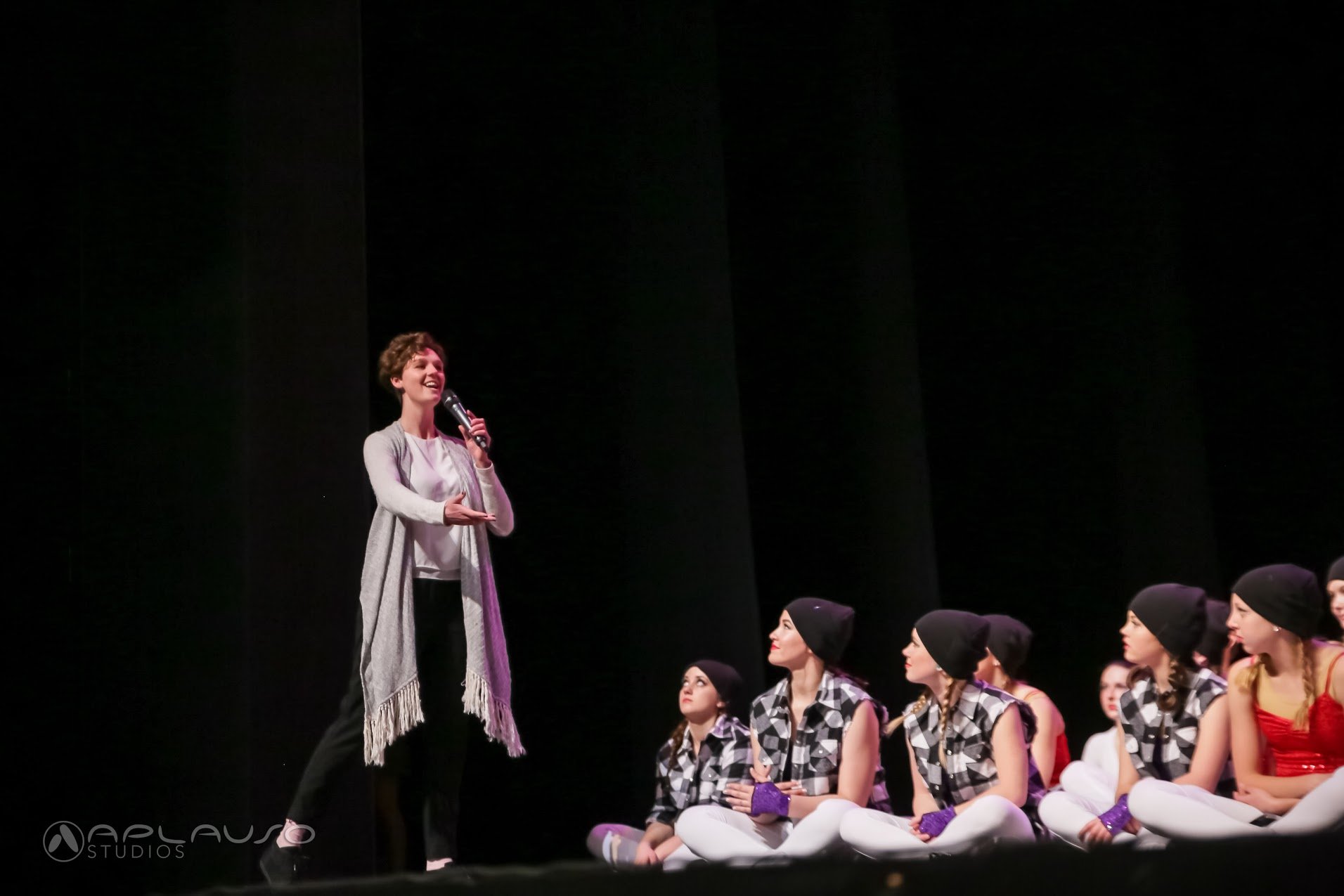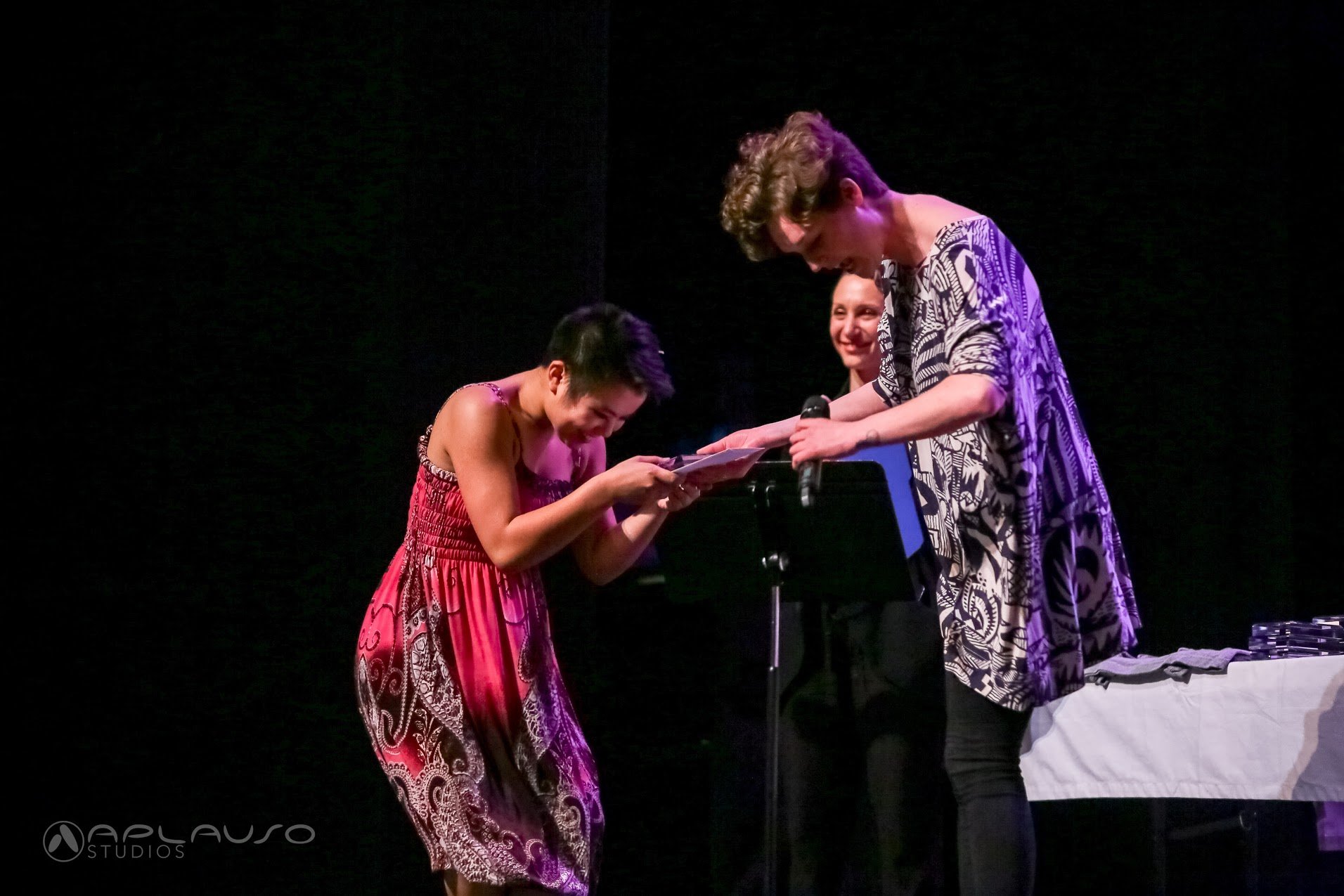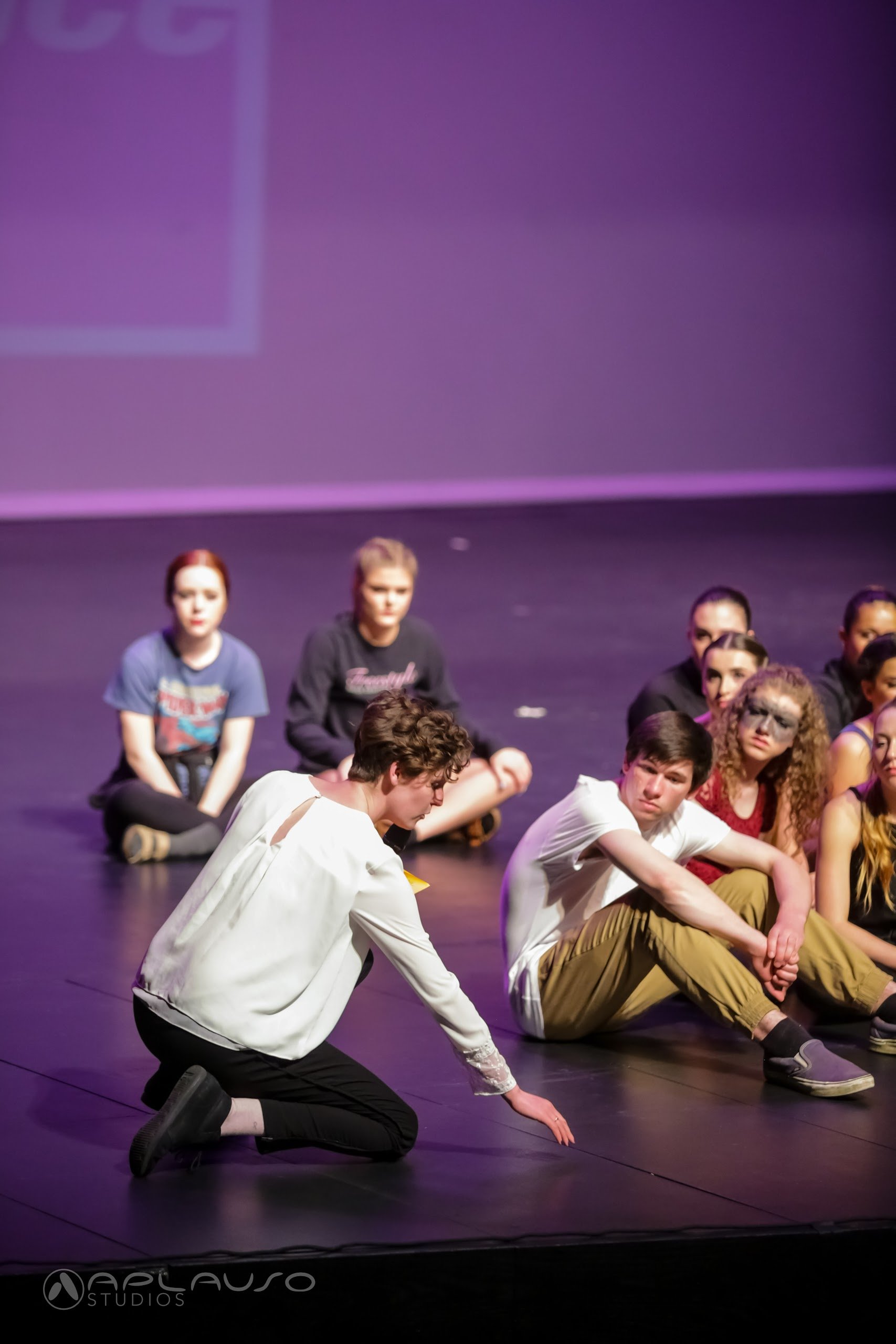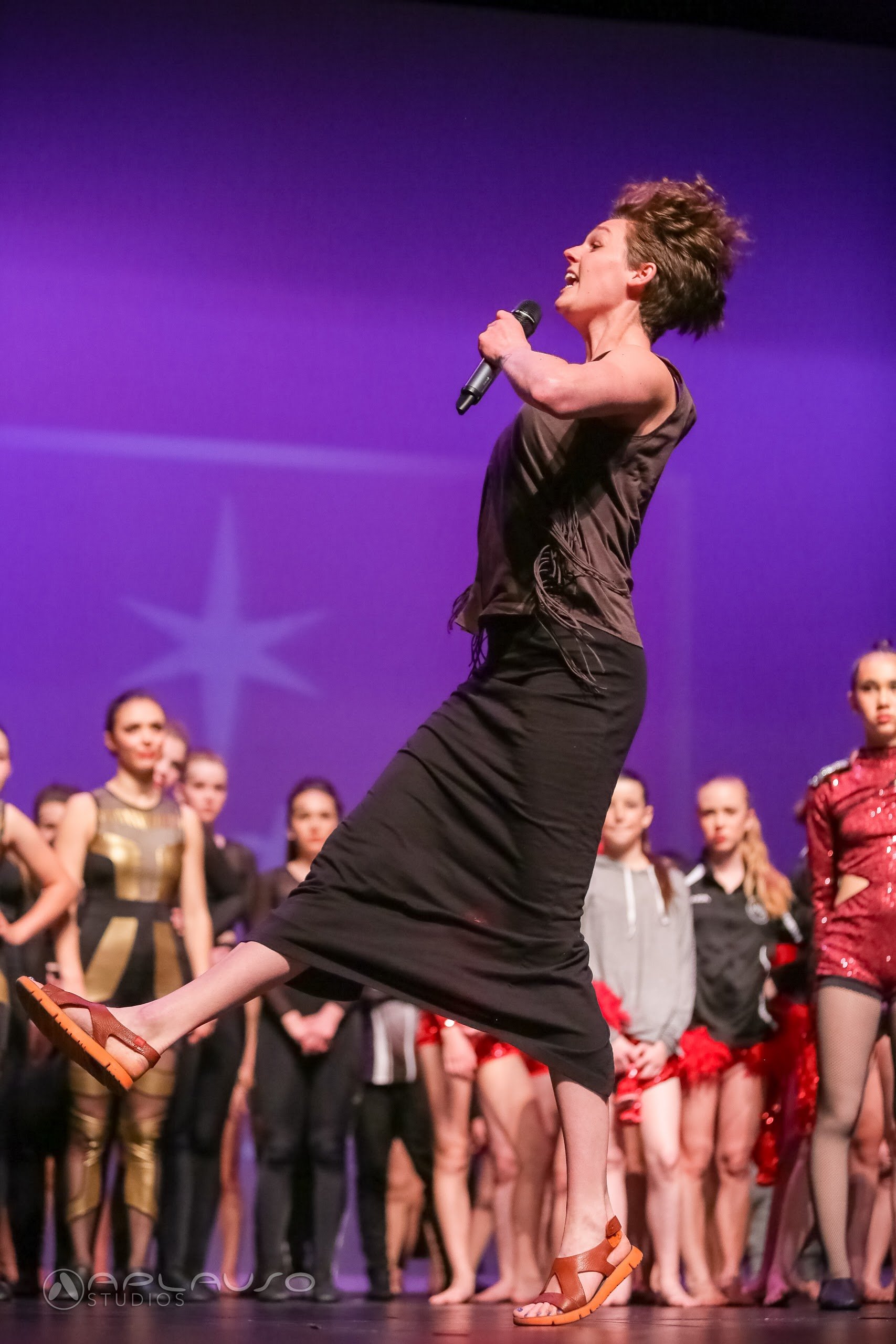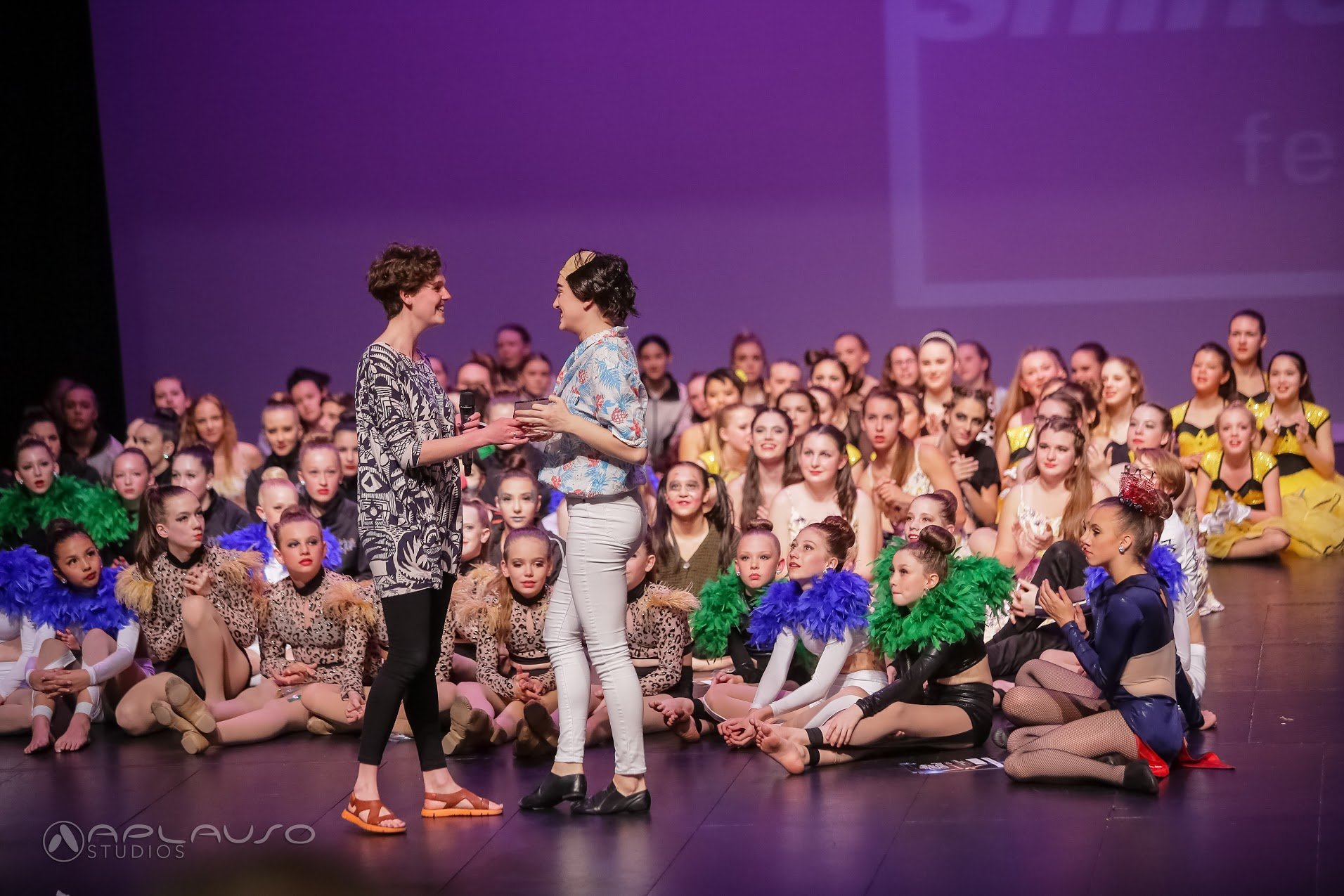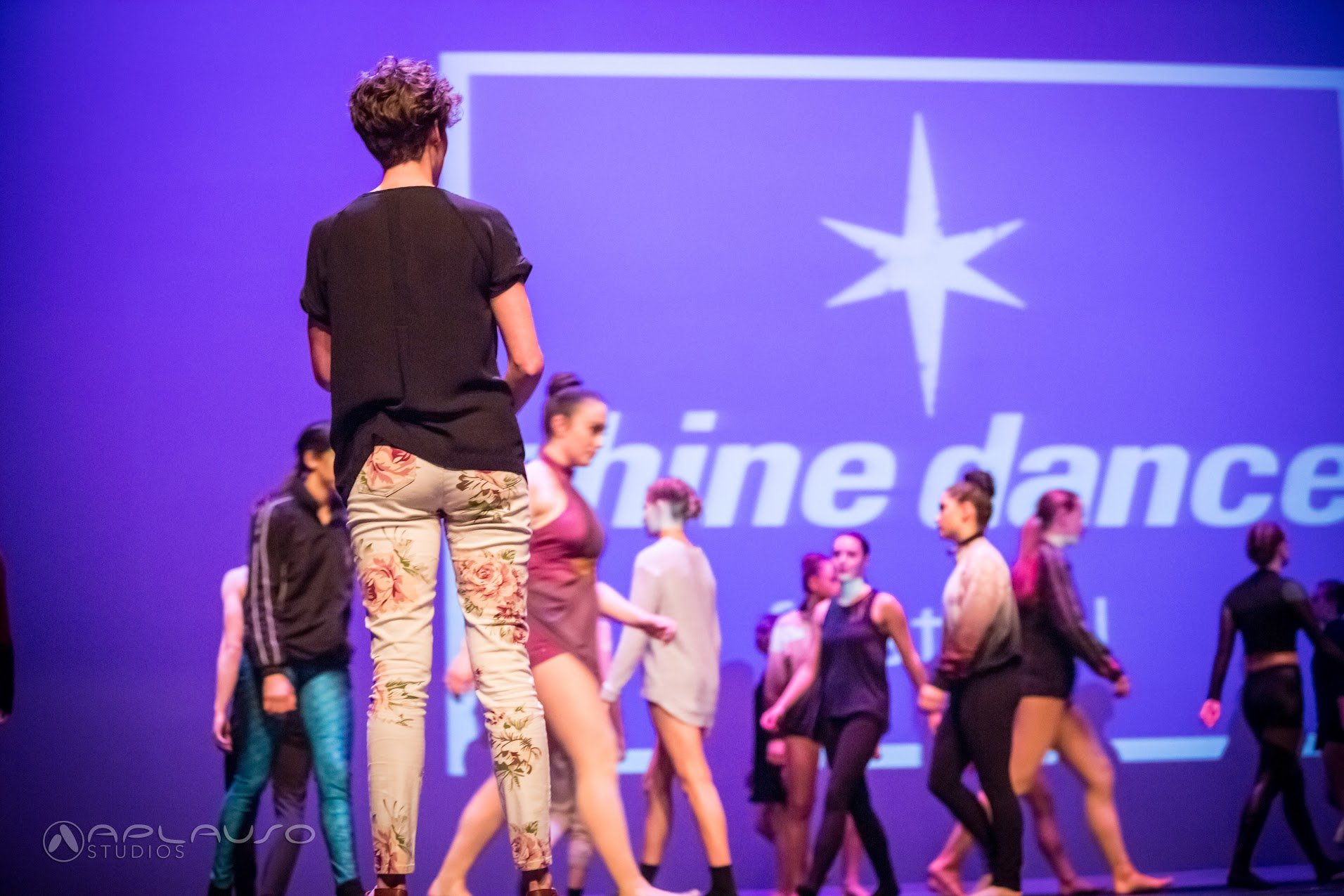Casting and Competitive Teams
Several years ago, during my time casting Nutcracker Youth roles for Ballet Jorgen, I was faced with a parent that was adamant that their child was not selected for a role in the Nutcracker because of their glasses. I am going to guess this was in 2011, so over a decade later and I still hold that memory in the forefront of my mind. I am saddened that glasses were viewed (and projected to the child) as a negative. I also feel disheartened that the child was taught to turn to external factors outside their control for why they did not receive something they hoped for. And I hate that someone assumed my team and I would be so unprofessional and judgmental of someone’s appearance vs ability.
So let’s get into it. How does one decide on casting, highest overall marks at competitions, or who makes up a competitive team and what the routines they will perform?
Often, the panel making casting decisions, do not know the people they are casting on a personal level. It is all about the talent in the room on the day of and maybe, most likely because the industry is small, they are the same talent they have seen a few times at various other auditions or gigs. That panel evaluates those auditioning knowing their own viewpoints are subjective and based on their unique years of experience in conjunction with the criteria they are provided from the producers, choreographers, directors etc. Sometimes the panel does not see eye to eye as creative differences are normal, but ultimately they make a decision that best suits the project in a very brief period of time. Ballet Jorgen made the selection process very clear. We had a list of steps to teach the dancers as well as a grading system that helped us rank and pair dancers with others. The individual’s technique, talent, ability to pick up choreography, musicality, and charisma were graded through a series of little check marks, double check marks, x’s and lines. The strongest dancers were asked to attend call backs where we could play with casting to see how the dancers worked as an ensemble. Although glasses would never make a difference in the Nutcracker selection process at Ballet Jorgen, height of those placed in the role of a squirrel vs the role of a chipmunk often did. This is because holding hands, linking elbows and group lifts had to be achieved in just a few rehearsals.
At the studio this year, we had both new and returning Faculty members assess the students at our competitive auditions. The panel was asked to grade each person on skills such as: Flexibility, Strength, Technical Skills, Style/Coordination, Energy, Focus, Choreography and Work Ethic. The Faculty also had a group meeting to offer praise, compassion and general comments. Based on these evaluations some students were accepted while others were asked to re-audition in 2 months, after further training / development. In addition to this selection process, we also fielded a number of eager families who showed interest in joining the team via email. In many scenarios, we suggested an increase in recreational classes and added private lessons before even considering the audition stage. We take immense pride and care in setting each student up for success and we believe that there are different avenues to build and maintain a love and passion for dance and performing arts. We deeply cherish our recreational and musical theatre departments and do not believe competitive dance is the only marker for success at a studio.
Those that do thrive in the competitive programming carry a lot of responsibility. At each competition, a student has a chance to showcase their personal talents and hard work, to connect with their audience, and to shine alongside their peers while the judges impart their wisdom, opinions and value systems in real time. No two events are the same and you will get more out of it if you believe it is a competition against your former self rather than against those who perform before or after you; that competitions are a part of your growth and journey - they do not define your entire, often decade long, experience with dance.
Throughout the country, competitions are run differently. There are festival formats and non-festival formats. I’ve adjudicated 18 competitions across both formats over the course of 6 years. Events ranged from 300-500 routines. That is a lot of dance to judge and if there was more time in the year I would continue this work whole heartedly. In festival formats; a single adjudicator stands up in front of a group of 10-15 soloists/duets or a singular group category immediately following the completion of all the applicable dances to rank the performances with medal standings, scholarships and cash prizes. In this time the adjudicator also has a chance to talk about their decision making styles, offers learning opportunities, and gives overall feedback. It is rarely a simple black and white decision between dancers as entries often present very opposing skill sets and there are no official guidelines or bench marks to follow and it is especially difficult to quantify qualities such as artistry or presence. So the adjudicators are often faced with choosing a winner between Dancer A who is extremely technical but lacks connection to the audience and Dancer B, who performs a lower skill set but moves with a memorable and inspiring quality and purpose. Then the next category starts and Dancer C through Q all demonstrate professionalism and advanced skill sets but have entirely differing approaches - some use tricks and familiar movements like leg extensions, turns, acrobatics while performing to upbeat music or songs with clear narrative while the others have complex coordination, stylized movement and mature pacing or emotional connections with what might seem like more abstract music and concept. To describe this I’ve seen social media posts from other industry folks that state dance is not just comparing apples to oranges, it’s more like ‘comparing apples to hats to cars.’ @lauren_m_ritchie. Below is some of my personal adjudicating value system and rubric.
Performance quality
Does your performance quality match, and ideally amplify, the music?
Are you as BIG as your music? You are live and in front of us, so it is imperative that the person we hear singing your song (if applicable) does NOT outshine you! NOT BEYONCE, NOT WHITNEY HOUSTON…NO ONE.
Are you in charge? Regardless of theme or intensity, age or genre of dance, does the execution of the choreography, aka the performance, feel honest. Do you embody the steps so that the whole audience feels like the piece was specifically made for you (and your team) in this moment?
For Groups - Are all dancers performing equally? You must not rely on one dancer to perform for the entire group.
Is it age appropriate?
Were you actively performing from the moment you got on stage? Or vice versa - did you start off strong and lose your stamina / connection?
Level of difficulty
Do you demonstrate a number of varied skills that are below average, average or above average?
Is the choreography that weaves these skills together simplistic or complex?
For groups - are the skills performed by everyone or only a select few dancers?
Technical execution
Can you accomplish the skills you are presenting with proficiency?
Can you properly implement flexibility, strength, control, alignment or release?
Use of the entire body
What is the upper body and torso doing?
Have you learned to incorporate your breath into your movement?
Timing
Are you on time with the music?
Are you on time with your group?
Is the timing of the choreography simple or complex?
Spacing
For Solos - Do you travel? Does your energy fill the space around you?
For Duets/ Trios and Groups - Is the spacing even? Are there multiple formations? Do you dance or walk/run the transitions? Is there always someone on stage?
Dynamics
Are there tempo changes?
Are there qualitative changes?
Does the piece build or evolve over time?
You would not give a two - three minute speech without changing your cadence or punctuating a word, phrase or paragraph, nor would you sing an entire song on the same note…thus your dancing needs to be filled with appropriate and well rehearsed dynamic shifts that give your piece substance.
Now, let's delve into the concluding segment of this blog post: the intricate selection process for additional choreography such as solos, duets, and trios. This process, as I attempt to summarize below, is anything but linear. It entails months of contemplation and considerations, driven by a sincere care for every child and family impacted by the decisions made. Particularly for TRAC, my focus goes beyond determining which pieces and individuals will showcase our studio on a broader scale. I owe it to the families to balance opportunities for our students to push their boundaries and grow.
Please note: Not all students selected for extra choreography demonstrate every single marker on the list below; instead, they may excel at one or two markers, which may contrast with another student also chosen. All reasons (with an emphasis on the more the merrier) are valid in our eyes.
Key Factors in Extra Choreography Selection:
The Student’s:
Technical and performance ability: This encompasses the student's skill level in executing dance movements, as well as their ability to perform such skills with confidence and presence on stage.
Commitment level, classroom etiquette, overall willingness, and work ethic: This encompasses the student's attitude and approach to learning and practicing dance. It includes their dedication to attending classes regularly, their behavior and respectfulness in the classroom, and their consistent approach to hard work as well as their ability to face of obstacles head on.
Ability to apply and maintain corrections: This refers to the student's capacity to understand and implement feedback or corrections given by our Faculty, as well as their ability to consistently apply those corrections over time.
Retention of choreography and rehearsing independently: This involves the student's memory skills in learning and retaining choreography, as well as their ability and desire/initiative to practice and rehearse independently outside of class.
Potential moving forward: This considers the student's potential for growth and development in dance, taking into account their current (and past) attitudes and desire for self improvement.
Skills and physicality when compared to a potential partner: This involves evaluating how well the student's technical and physical abilities complement those of a potential dance partner, ensuring compatibility and synergy in performance.
The faculty’s expertise and opinions as well as artistic visions
The added financial burdens
Scheduling and time management
The foreseeable competitors
The group dynamics for the overall team
Overall programming of Showcase and Recital including audience enjoyment and variation in styles

